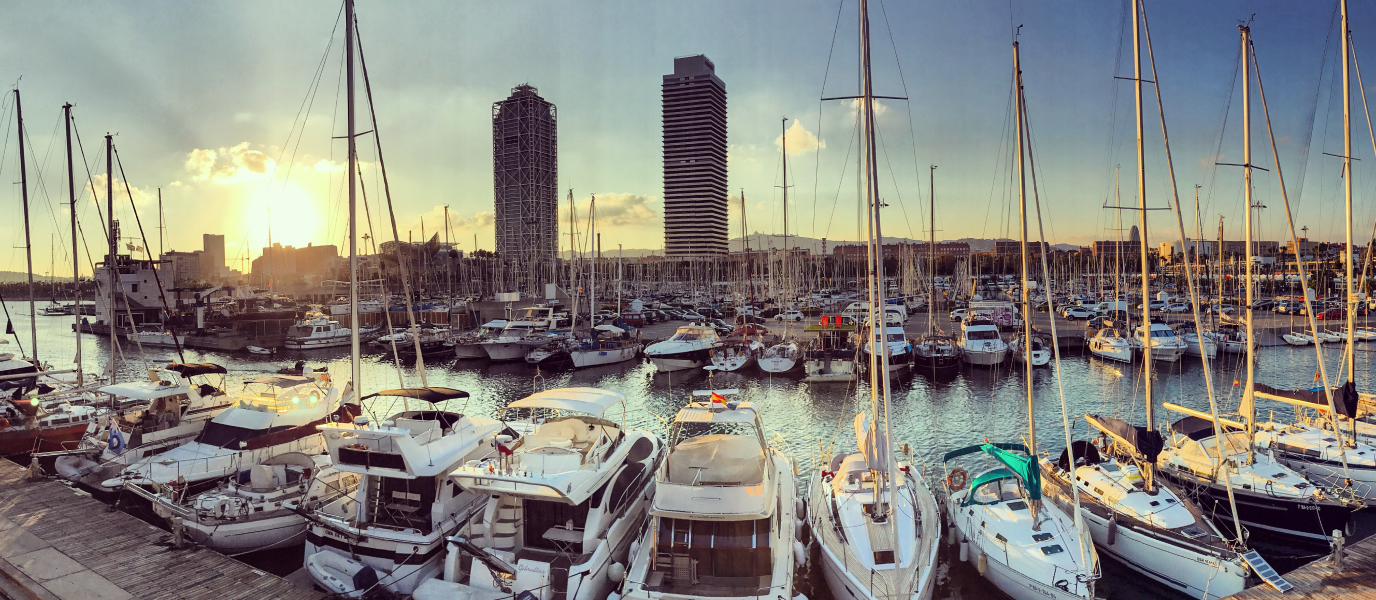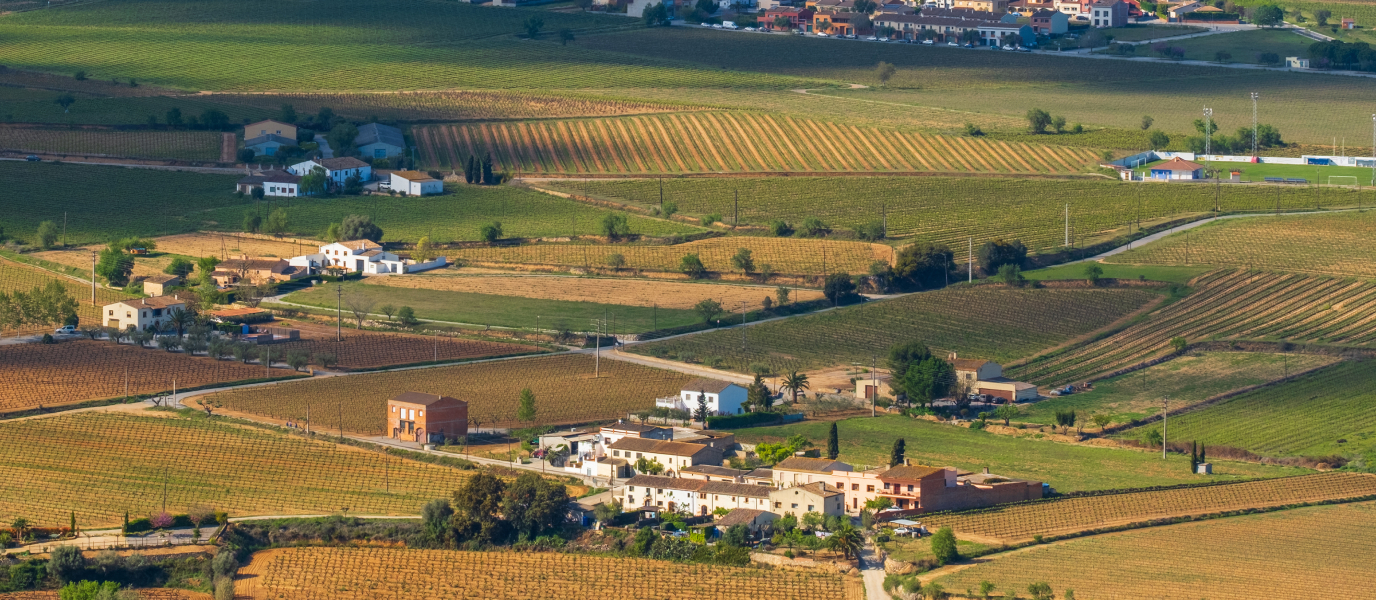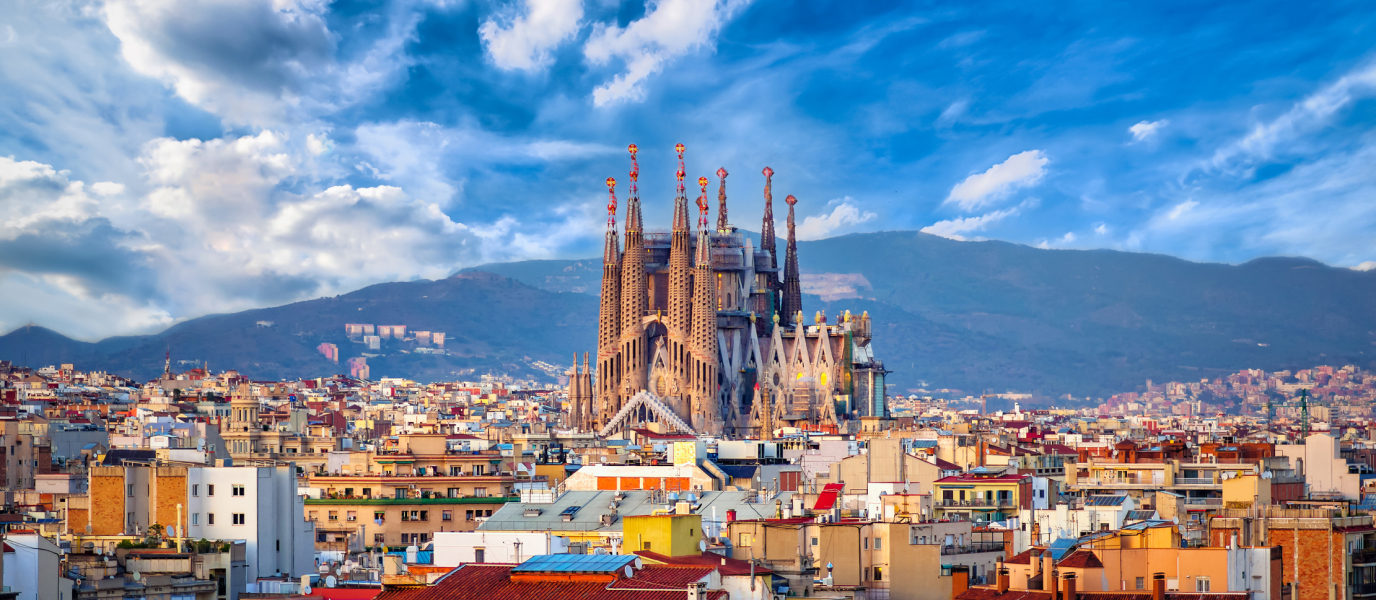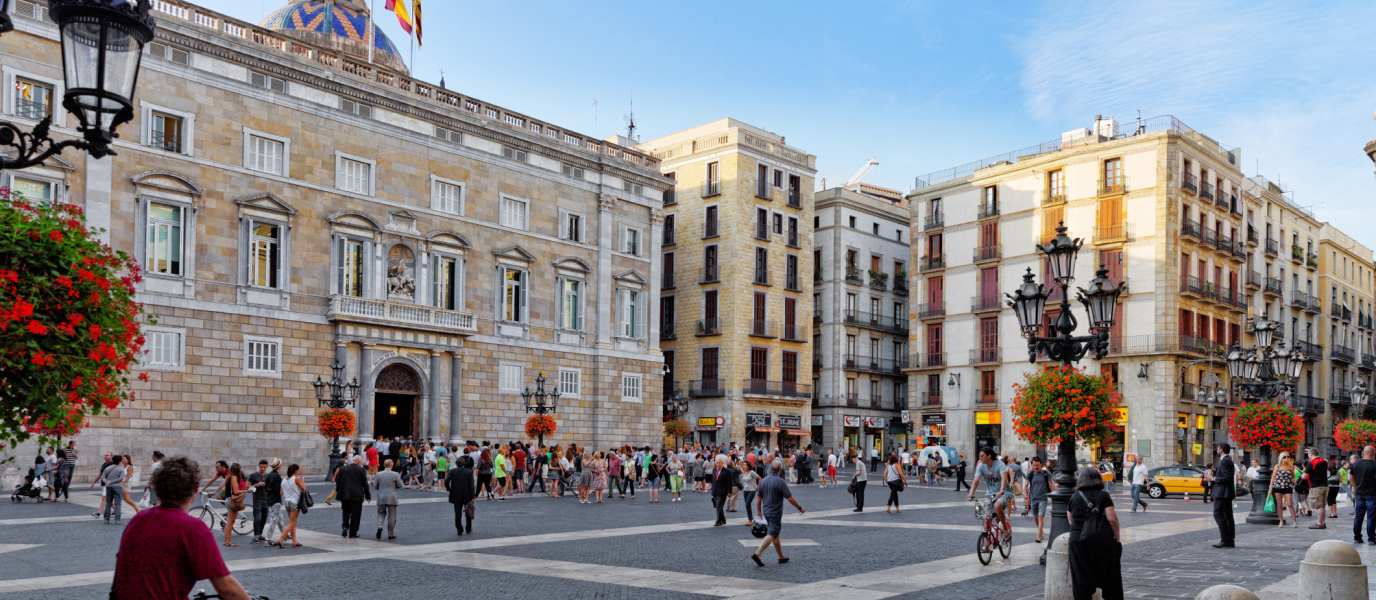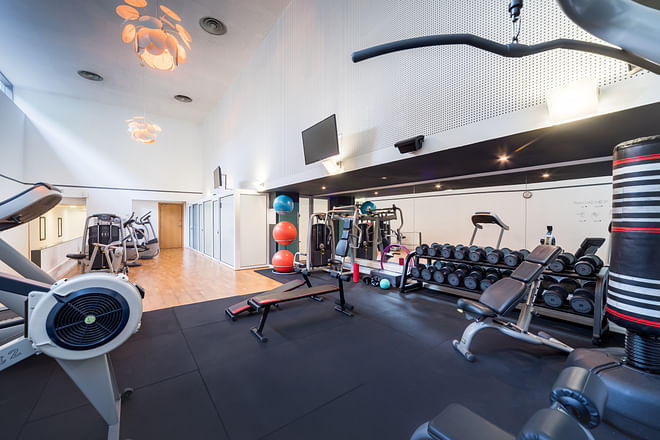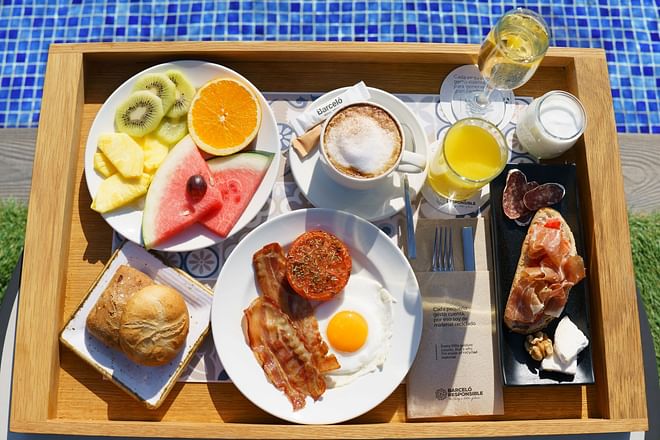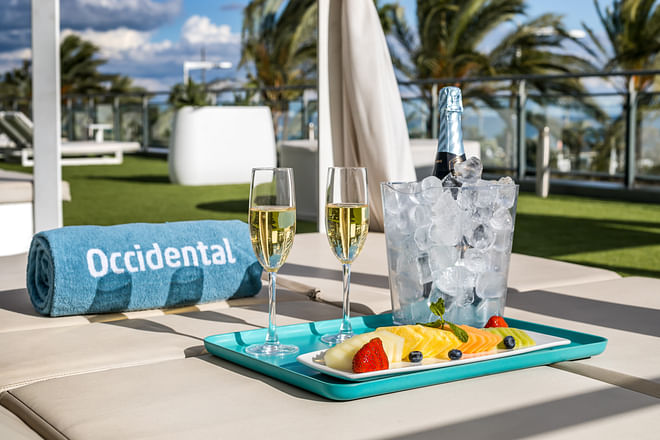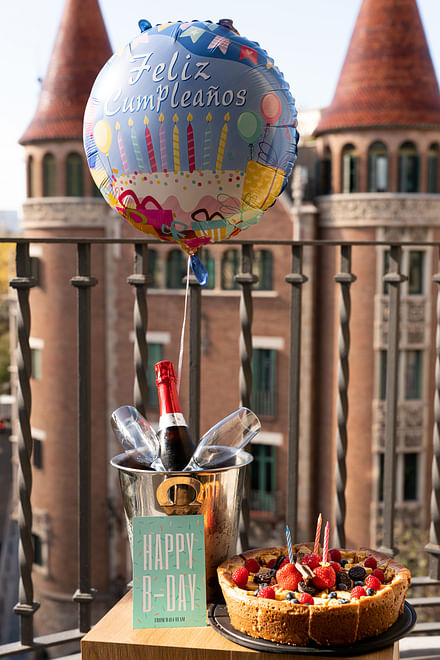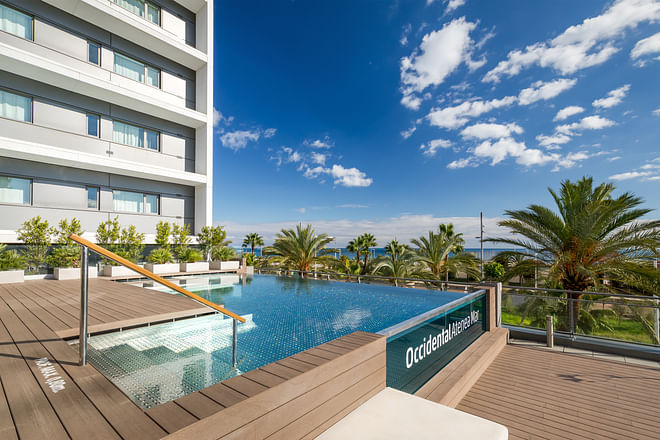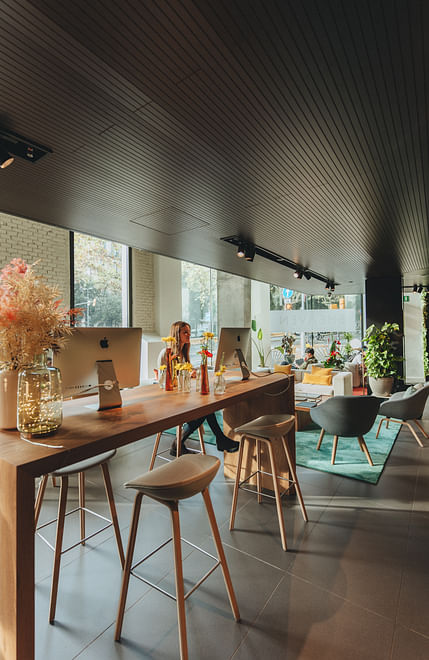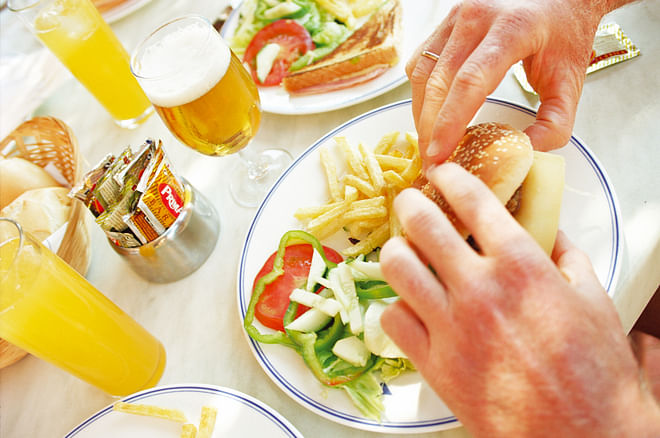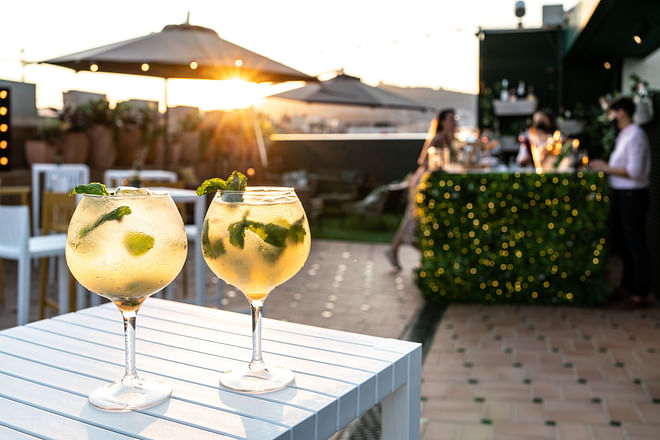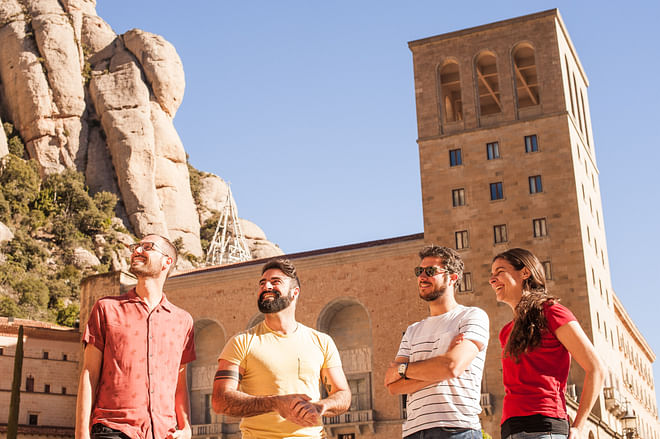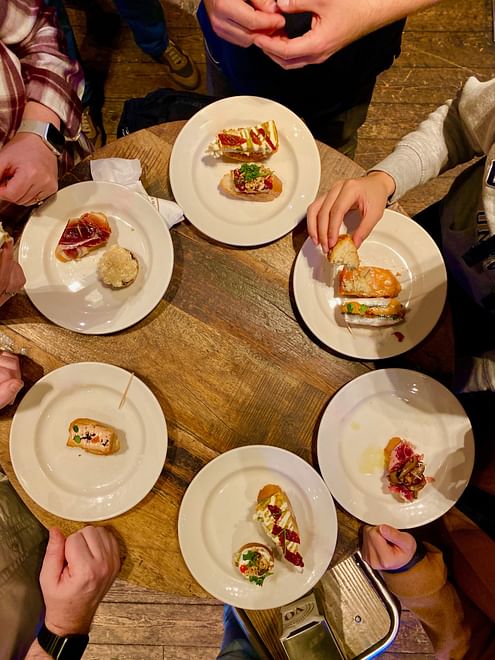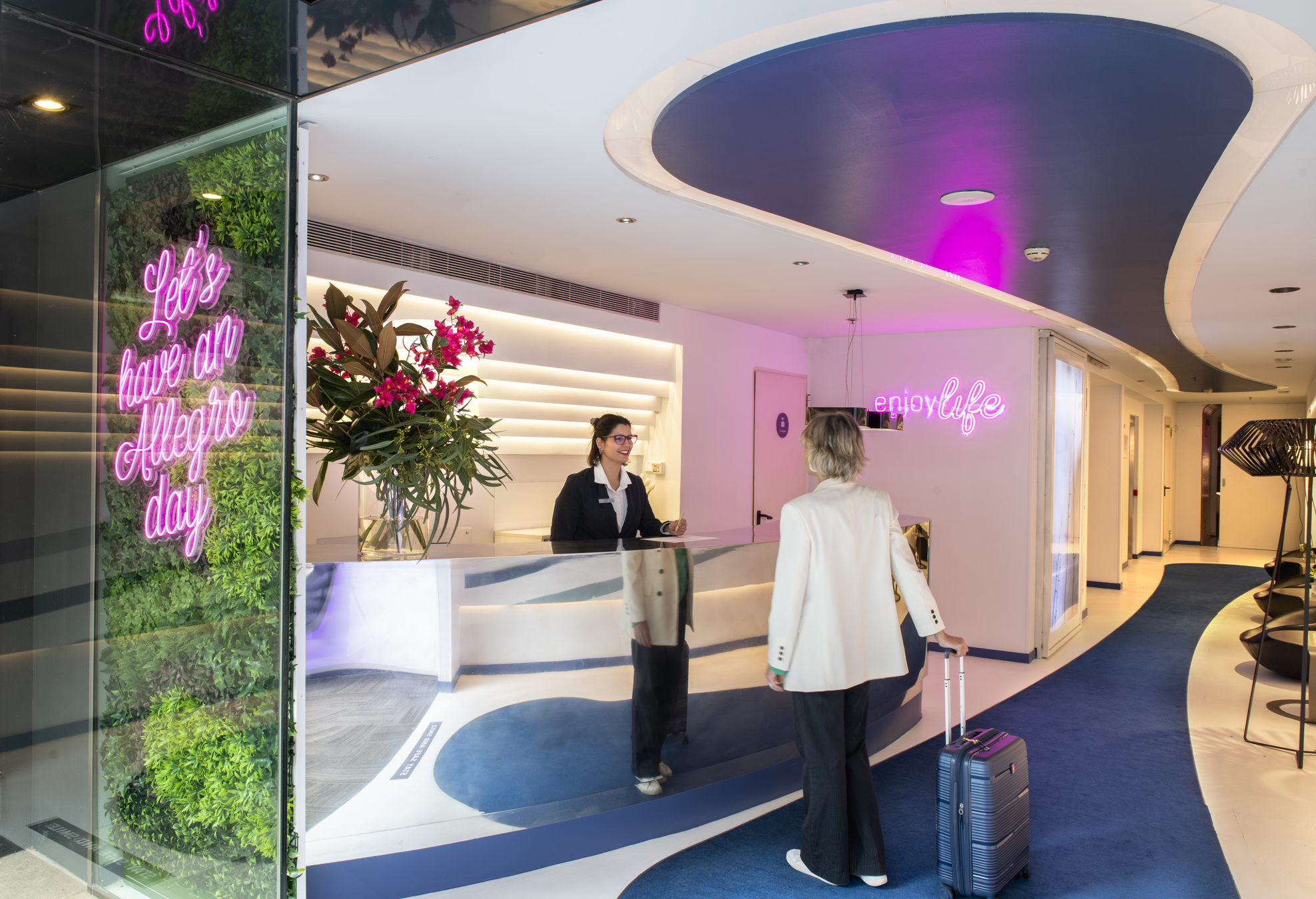The Port Olímpic de Barcelona [Olympic Port of Barcelona] has more than 740 recreational boats docked in its quay, and it is also one of the busiest leisure areas in the city. Water sports, beaches and restaurants, as well as pubs, cafés and nightclubs, are just some of many attractions in this area of Barcelona that looks out to the sea and which was built to host the sailing events for the 1992 Summer Olympics. You can also shop at one of the many stores spread throughout the quayside.
The Olympic Port of Barcelona was designed by the architects Oriol Bohigas, Josep Martorell, David Mackay and Albert Puigdomènech as a space conceived for leisure and enjoyment. Many people meet here for breakfast in the morning, to have a drink on one of its sunny terraces in the afternoon or for dinner at a restaurant in the evening. At night, however, the atmosphere changes and each venue comes alive with their music, turning the Olympic Port into a lively and festive space. However, there are municipal plans to ban nightclubs at the Port Olímpic over the next two years in order to focus more on business related to water sports.
Sailing school at the Olympic Port
There are several institutions based at the Olympic Port, among them is the Municipal Sailing Centre, a school that allows anyone who wishes to register to do so, as it is managed by the Catalan Sailing Federation. The Capitanía building is also located here, an institution that controls the port’s daily traffic, berth bookings and moorings, in addition to renting spaces in the boatyard. Additionally, the Club de Mar Port Olímpic [Olympic Port Sea Club], a club for cruising sailors, organises regattas, workshops and events for ship owners, regatta participants and other sailors.
The Olympic Port, which has already turned 25, is located close to the neighbourhood of Poblenou, also called the ‘Catalan Manchester’, since it used to house numerous factories and heavy industries. The 1992 Olympic Games pulled down most of the remaining industrial buildings to construct the Olympic Village in its place, and accommodate the athletes participating in the international event. As expected, the aesthetics of the area changed radically. Only a few buildings survived the modernisation project which are today occupied by artists, painters and designers who bring a Bohemian touch to the neighbourhood. A 58-metre tall chimney from the old Folch factory also has been preserved.
Recovery of four beaches
The remodelling suffered by the neighbourhood to make way for the 1992 Olympics also resulted in the recovery of four beaches, Nova Icària, Bogatell, Mar Bella and Nova Mar Bella, which lie adjacent to the neighbouring Barceloneta, the most famous of all the Barcelona beaches. All of them have their corresponding seaside promenade and are dotted with pleasant gardens, terraces and entertainment venues of avant-garde design. In and around these areas, you can see many people out for a walk, skaters, cyclists and street vendors. The Olympic Port is finished off with two twin skyscrapers that are 156 metres high: the Mapfre Tower and the Hotel Arts, at whose feet is a huge bronze sculpture by Frank O. Gehry known as ‘El Peix’ [The Fish].
Another leisure option offered by the Olympic Port is recreational fishing off the breakwater, in the vicinity of which we can also find the Olympic Port Park, one of the five large green spaces that make up the so-called Parques del Litoral. Inside, there is a large sculpture of Cobi, the 1992 Olympic Games mascot, almost entirely surrounded by stone pines, banana trees and palm trees.
From Shôko Barcelona to Catwalk Barcelona
If there is one iconic restaurant in the Olympic Port of Barcelona that stands out amongst the many other restaurants, it is Shôko Barcelona (Passeig Marítim de la Barceloneta, 36). It is an establishment that fuses traditional Oriental and Mediterranean cuisine and has been named one of the Top 100 Best Clubs in the World. It is open every day of the week and when midnight arrives, it becomes a seductive and cosmopolitan club that, they say, organises the best parties in Barcelona. It also has a spectacular terrace a few metres from the beach, where you can have a drink facing the sea. They are famous for their Wednesday-night parties, which attract Erasmus students who come to Barcelona with a desire to party, and also for their dinners with show.
And if what you want is a cool disco, opt for Catwalk Barcelona (Ramón Trías y Fargas, 2-4). It is located in the Marina Village, next to the Hotel Arts and the Gran Casino de Barcelona. With a surface area of more than 1,500 square metres, this club has two floors, a spectacular terrace on the roof, and a variety of spaces with different music in each. Their hip hop parties in their Skyroom are well-known. The Mainroom is on the ground floor, where different music events take place. The disco also has several VIP areas.
There are also numerous tourist services around the Olympic Port of Barcelona, such as a casino, two hotels, the Hospital del Mar and the El Centre de la Vila shopping centre, with 15 cinemas and a supermarket.





























































